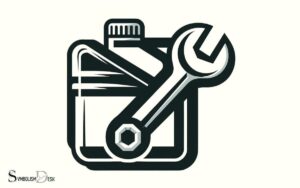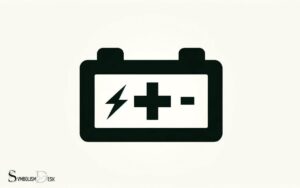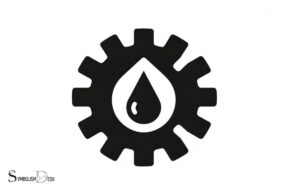Oil Symbol on Car Dashboard: Oil Pressure Is Low!
When you see the oil symbol on your car dashboard, it is generally an indication that your vehicle’s oil pressure is low.
This could be due to low oil levels, a failing oil pump, blockage in the oil system, or a leak. It’s a critical warning sign that requires immediate attention to prevent potential engine damage.
The oil symbol on a car dashboard is typically represented by an icon resembling an old-fashioned oil can or a genie’s lamp, with a single drop of oil coming out of its spout.
This light symbolizes the oil pressure warning, which is different from the oil level gauge or the oil change reminder indicator.
When illuminated, it suggests that the oil is not circulating properly through the engine, possibly leading to increased friction and heat, which can cause engine components to wear out prematurely or even fail.
If the oil light comes on, you should:
Ignoring this warning could lead to:
Ignoring the oil symbol on your dashboard could lead to severe engine damage; it’s a risk you don’t want to take. Address the issue promptly to ensure your vehicle’s longevity and performance.
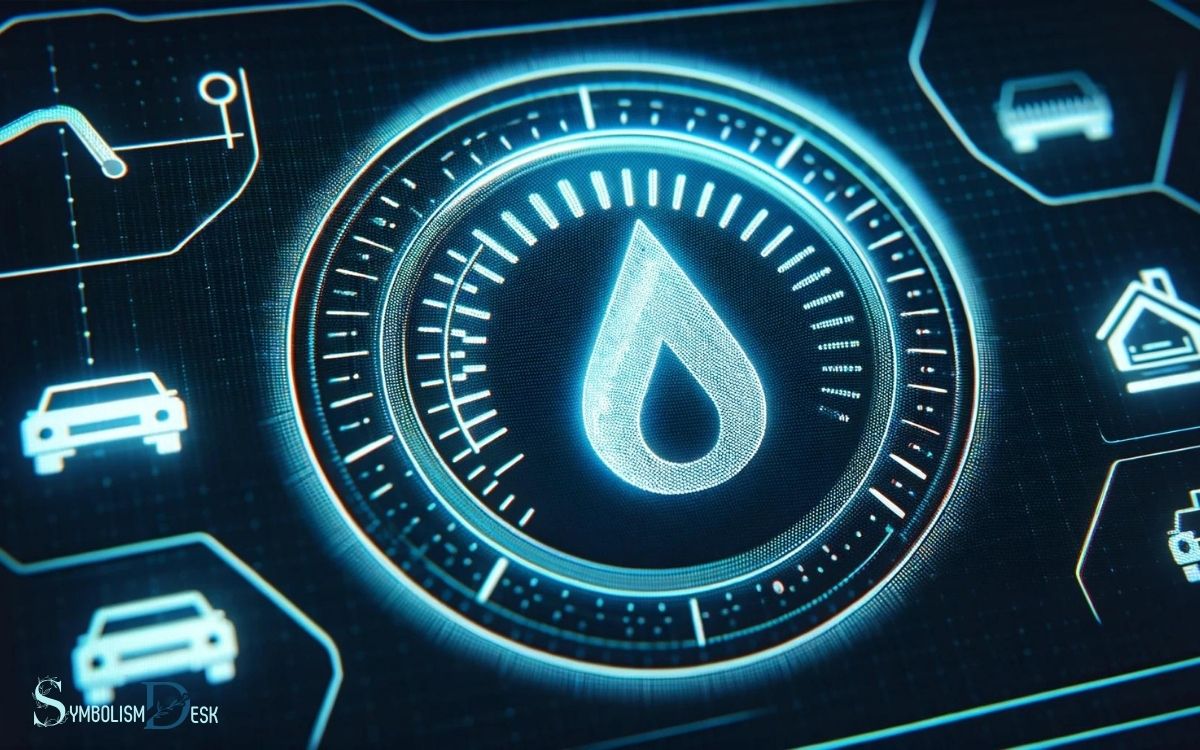
Key Takeaway
Understanding the Oil Symbol
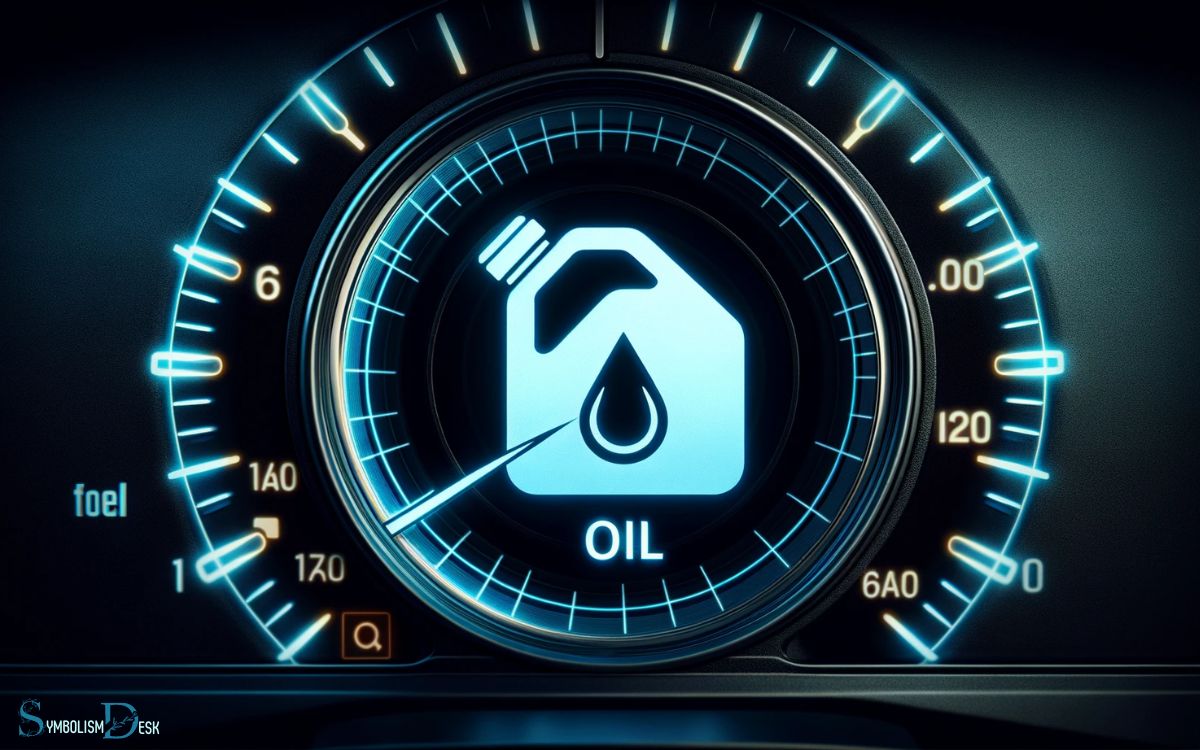
Upon starting the car, the oil symbol illuminating on the dashboard indicates the need for immediate attention to the vehicle’s oil level or pressure. This warning light typically resembles an oil can or the word “OIL”.
It is crucial to address this alert promptly as it signifies potential engine damage due to low oil levels or insufficient oil pressure.
Checking the oil level and quality is the initial step. If the oil level is low, it should be topped up as per the manufacturer’s recommendations.
However, if the oil level is adequate, but the warning light persists, it could indicate a more serious issue with the oil pressure or the engine’s lubrication system. In this case, it is advisable to seek professional assistance to diagnose and rectify the problem promptly.
Causes of the Oil Symbol
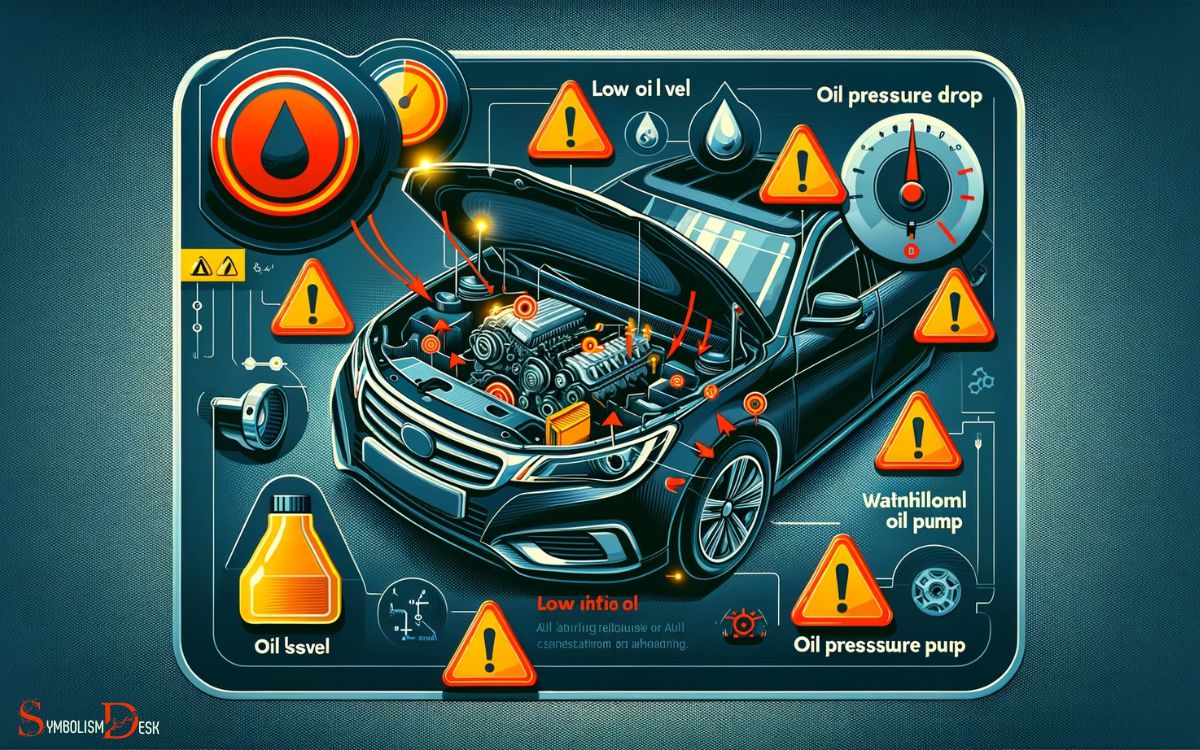
The oil symbol on the car dashboard illuminates to indicate potential issues with the oil level or pressure, necessitating prompt attention to prevent engine damage. The engine oil warning light explained in your car’s manual serves as a critical alert for potential problems that could harm your vehicle’s performance and longevity. Ignoring this warning can lead to severe engine damage, as insufficient oil or pressure can result in overheating and increased friction between moving parts. Regular maintenance and swift action when this light appears are essential steps to ensure your engine remains in optimal condition.
Low oil level, oil leaks, a faulty oil pressure sensor, or a failing oil pump are common causes of this warning.
Low oil level can result from oil consumption, leaks, or neglecting regular oil changes. Oil leaks may occur due to degraded gaskets, loose fittings, or damaged oil pans. A faulty oil pressure sensor can trigger the light even when oil levels are adequate.
Additionally, a failing oil pump may lead to insufficient oil pressure. Regular maintenance and prompt investigation of the oil symbol can help avoid severe engine damage.
Consequences of Ignoring the Symbol
Ignoring the oil symbol on the car dashboard can lead to serious consequences, such as engine overheating and costly repairs.
Continued operation of a vehicle with insufficient oil levels can result in increased friction and heat within the engine, eventually leading to mechanical failures.
Ignoring the oil symbol may also void the vehicle’s warranty, leaving the owner solely responsible for the resulting damages.
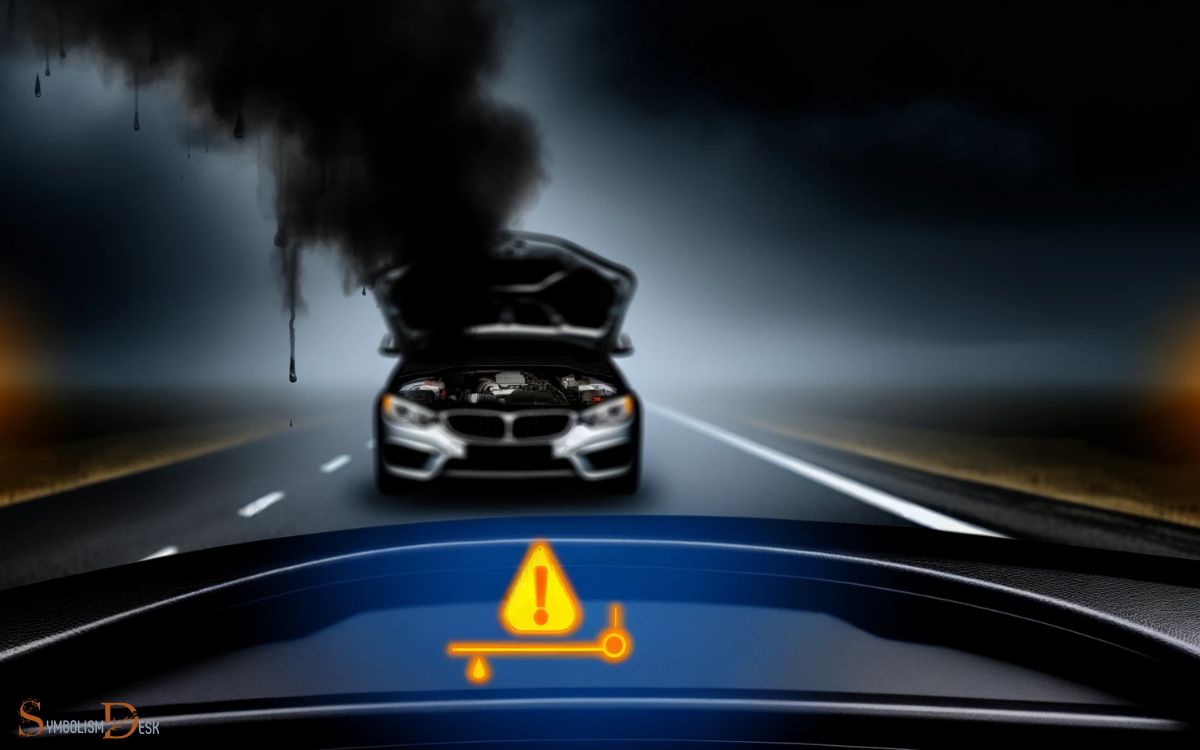
The table below outlines the potential consequences of ignoring the oil symbol on the car dashboard:
| Consequence | Explanation |
|---|---|
| Engine Overheating | Insufficient lubrication can cause excessive heat buildup, leading to potential engine damage. |
| Increased Friction | Lack of proper lubrication increases friction between moving parts, accelerating wear and tear. |
| Mechanical Failures | Without adequate oil, components such as pistons, bearings, and valves are at risk of damage, requiring costly repairs. |
| Warranty Voidance | Ignoring the oil symbol may void the vehicle’s warranty, leaving the owner liable for all related damages and repairs. |
| Environmental Impact | Oil leakage due to neglect can harm the environment and lead to potential fines for the vehicle owner. |
Responding to the Oil Symbol
When the oil symbol illuminates on your car dashboard, it is crucial to respond promptly to prevent potential engine damage and costly repairs.
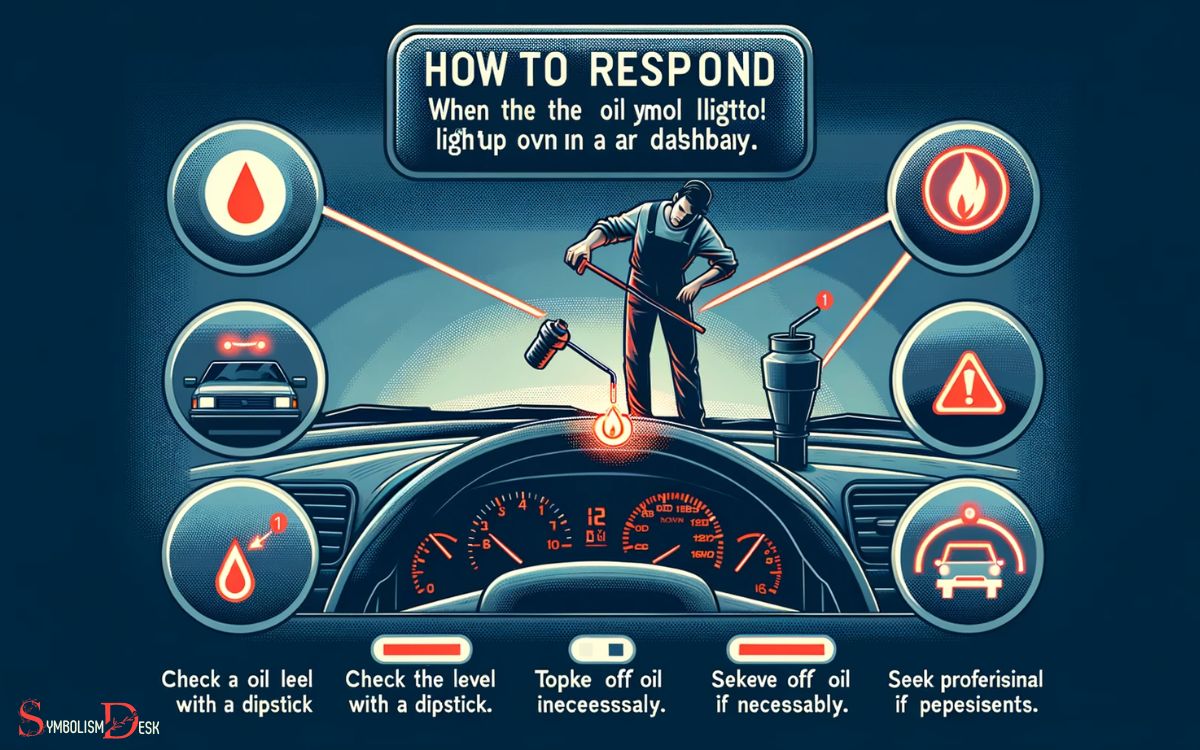
Here’s how to effectively respond:
- Pull Over Safely: Once you see the oil symbol, find a safe spot to pull over and turn off the engine immediately.
- Check Oil Level: Use the dipstick to assess the oil level. If it’s low, add the recommended oil type and amount.
- Inspect for Leaks: Look for any signs of oil leaks under the car. Address any leaks immediately.
- Seek Professional Help: If the oil level is adequate and no leaks are present, it’s essential to have a professional inspect the vehicle for any underlying issues.
Preventative Maintenance for Oil Symbol
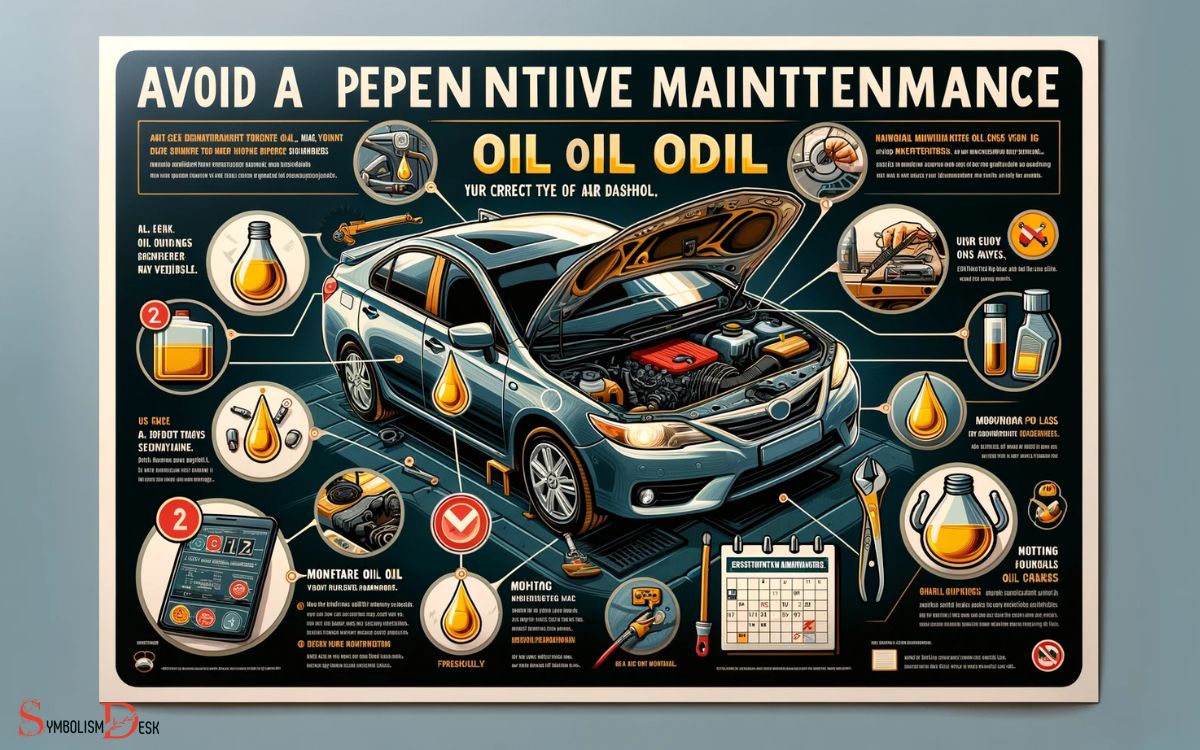
Regular maintenance is essential for preventing the oil symbol from appearing on the car dashboard.
To avoid potential issues, it is crucial to adhere to the manufacturer’s recommended oil change intervals. This typically ranges from 3,000 to 5,000 miles, but can vary based on the vehicle and driving conditions.
Additionally, keeping an eye on oil levels and monitoring for any signs of leaks is important. Regularly checking the oil quality and ensuring it is at the correct level will help prevent engine damage and maintain optimal performance.
Furthermore, using the recommended oil grade for the specific engine type is vital. Following these preventative maintenance measures will contribute to the longevity and reliability of the vehicle, reducing the likelihood of the oil symbol illuminating on the dashboard.
Conclusion
The oil symbol on a car dashboard is a crucial indicator of the vehicle’s oil level and pressure. Ignoring this symbol can lead to serious engine damage and costly repairs. It’s important to regularly check and maintain the oil level to ensure the smooth functioning of the car.
According to a recent survey, 1 in 5 drivers admit to ignoring the oil symbol on their dashboard, leading to an increase in engine breakdowns. Regular oil maintenance is essential for vehicle longevity.



